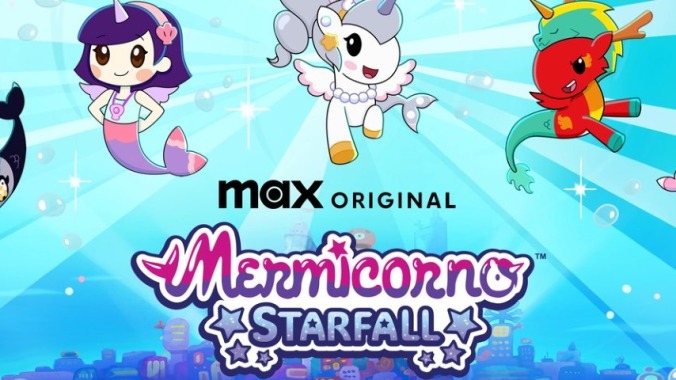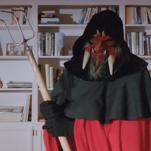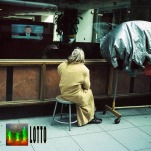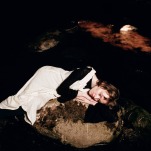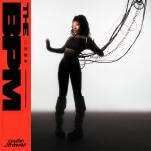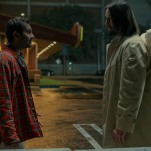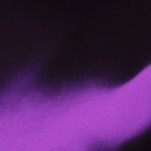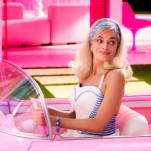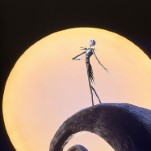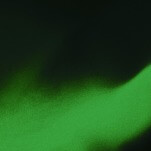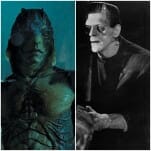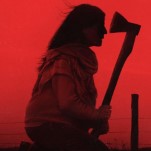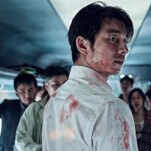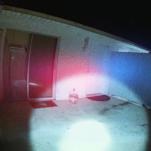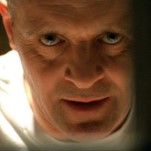Toon In: Animated TV Highlights for January, from Harley Quinn to Spider-Man
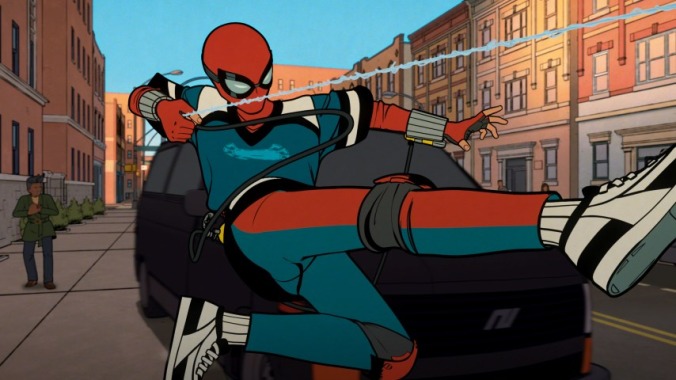
Welcome to the ink, paint, and pixel corner of Paste TV, where we’re highlighting some of the best premium animation projects on streaming or direct-to-video aimed for teens and adults. This monthly column not only provides an overview of the new animated shows to check out this January, but we’ve also collected some of the finest creators and voice talents in the medium to give updates, or introductions, to their series.
Solo Leveling Season 2 (January 4)
January is a major anime drop month for U.S. streamer Crunchyroll, including Solo Leveling’s much anticipated second chapter—Arise from the Shadow—which follows the journey of monster hunter Sung Jinwoo and the evolution of his supernatural powers. The twisty tale of shadowy powers behind the System program that runs the dungeon battles between humans and monsters gets more complex, more action packed and the stakes more dire as Jinwoo’s mother’s life is also on the line. Prolific animation studio A-1 Pictures continues to animate the series.
The Apothecary Diaries Season 2 (January 10)
For those more interested in juicy anime stories, the second season of The Apothecary Diaries on Crunchyroll returns with the palace intrigue ratcheting up around the duties of Maomao, the food taster. Her job is to keep the most favored, pregnant concubine safe from outside threats, which gets more dangerous as a grand conspiracy begins to reveal itself featuring players from inside and outside of the palace.
StuGo (January 11)
For those lamenting the dearth of original animation from Disney, get ready to be dazzled by StuGo, Disney Channel’s completely original and hilariously weird new series created by Ryan Gillis (The Wonderful World of Mickey Mouse) and directed by Sunil Hall (The Mighty Ones).
StuGo follows the misadventures of six very different gifted and talented middle schoolers who get lured to a supposed summer camp on a remote island by the mad scientist Dr. Lullah. Crawling with Lullah’s bizarre animal mutants and ridiculous dangers hiding behind every leaf, the kids are stuck with no way home so they have to overcome their individual fears and odd natures to work together to survive and thrive.
While developing new ideas at Disney, Gillis tells Paste that he was tasked to pitch his own original ideas. He dug through his notes and looked to his home state of Florida and his own life for inspiration. “I had gone on this study abroad in college that didn’t go the way we had planned,” he shares. “It had been like two weeks of roughing it out in the Bahamas, so these ideas all sort of coalesced and became one studio pitch, which the development exec picked out and said, ‘This one.’ We spent years working on it until we got the green light.”
The result is a show with the wackiness of SpongeBob SquarePants mixed with The Island of Dr. Moreau, with maybe a tiny pinch of the meanness of Battle Royale. What’s made clear from the pilot is that for Lullah and her island residents, these kids might as well be Gen Xers because they are not even a little worried about keeping any of them alive, fed, or treated nicely. And that forces these little brainiacs to use their noggins in life or death ways.
“The core premise was these put upon, high achieving kids who are needy, and putting them in a space that does not care about that at all,” Gillis says with glee. “Watching them all spiral out is one of the original, core pictures of the show. And it’s about surrounding them in a bunch of nature that doesn’t care about their grades.” Thus, the kids learn to celebrate tiny victories, and as they vanquish crab mutants or flaming volcanoes together with increasingly clever plans, even Dr. Lullah might come to respect them a bit.
As for the bonkers scenarios the kids have to face any given episode, Hall says they do have rules for this island. “If we can somehow ground it in—no matter how thin—science or science-fiction, then it’s permissible,” he explains. “If it’s like pure magic, then it doesn’t quite fly with this island. We draw a lot from classic sci-fi. I’m a big reader of science fiction, so I love bringing some of those weird, speculative ideas into it. And then, of course, just true and natural weird science in the natural world is inspiring.”
The landscapes of Lullah’s island is the design work of renowned art director/illustrator Sam Bosma (Steven Universe). Gillis says that he gave Bosma a basic tropical island locale, and then let him run with the design including making the terrain gnarly for the kids to traverse. “It was about de-romanticizing,” he explains. “We wanted it to not feel too safe or too postcard-y. There’s trash on the beaches. There’s fleas in the sand. He took all that and still made it a space you want to spend a lot of time in.”
And then the board artists and directors came in and added their own flavors too. “I like having the freedom to let people take ownership and find things,” Gillis says. “Like, someone had an idea, and this show can pivot hard in that direction. I know how the series will end. I have a sense of how they’ll say goodbye, but the middle is really us chasing whatever idea we find exciting.”
While the series hasn’t had a second season pick-up announcement yet, Hall says they are ready if it happens. “We definitely have stuff in the hopper for hopefully future episodes. We’ve got a strong plan for the future, so we’ll see what happens.”
Gillis adds, “By the end of the season, the stories were getting so wild and so bizarre and fun that I was exhausted,” he laughs. “I was like, ‘Man, I don’t know if I can do another one.’ But then the ideas started popping up, and it was like, ‘Wow, I really hope we get to do another one. I gotta see these myths!’ The reception has been very nice, and I’m confident that I think it’s good. I believe people will like it, but will they find it? That’s the question.” So, go watch it and support new ideas from Disney animation. And look for StuGo to stream on Disney+ in the spring.
-

-

-

-

-

-

-

-

-

-

-

-

-

-

-

-

-

-

-

-

-

-

-

-

-

-

-

-

-

-

-

-

-

-

-

-

-

-

-

-

